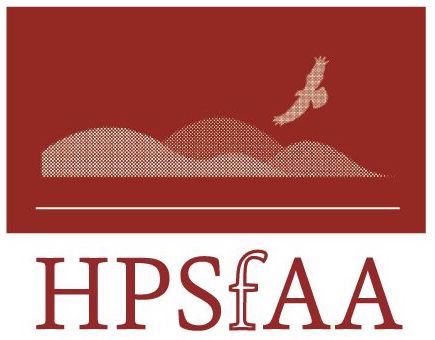  
 
The High Plains Society for Applied Anthropology |
|
The December 26, 2004 tsunami killed nearly 40,000 Sri Lankans, left about half a million homeless, including 90,000 from fishing communities, and destroyed two-thirds of the country's fishing boats. The tourist industry was also severely affected, with suspension of some 27,000 jobs in various tourism-related businesses. The national recovery strategy was to invest in rebuilding the tourism industry, and to create a 100- meter coastal buffer that essentially prevents artisanal fishing from regaining its livelihood. This paper examines how the strategic and symbolic significance of tourism for bolstering national pride, boosting development, and providing a source of foreign revenue has relegated to a secondary place that needs and concerns of disaffected low-income artisanal fishing communities. This paper shows that disasters never take root causes of vulnerability by avoiding the further impoverishment of those affected. Beyond the human toll, the tsuname provided a pretext for evictions, land gras, unjustifiable land acquisition plans and other measures designed to prevent homeless residents from returning to their original homes and lands. Thailand, India, and other affected countries have restricted the right to return, but Sri Lanka stands out as the tsunami- affected country that has sought most dramatically to re-shape its residential landscape through a tourism reconstruction process. (Leckie 2005:1)
Vol.26_No.2_2006_Gunewardena_149-169.pdf